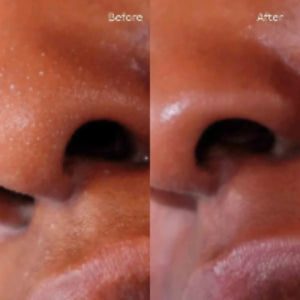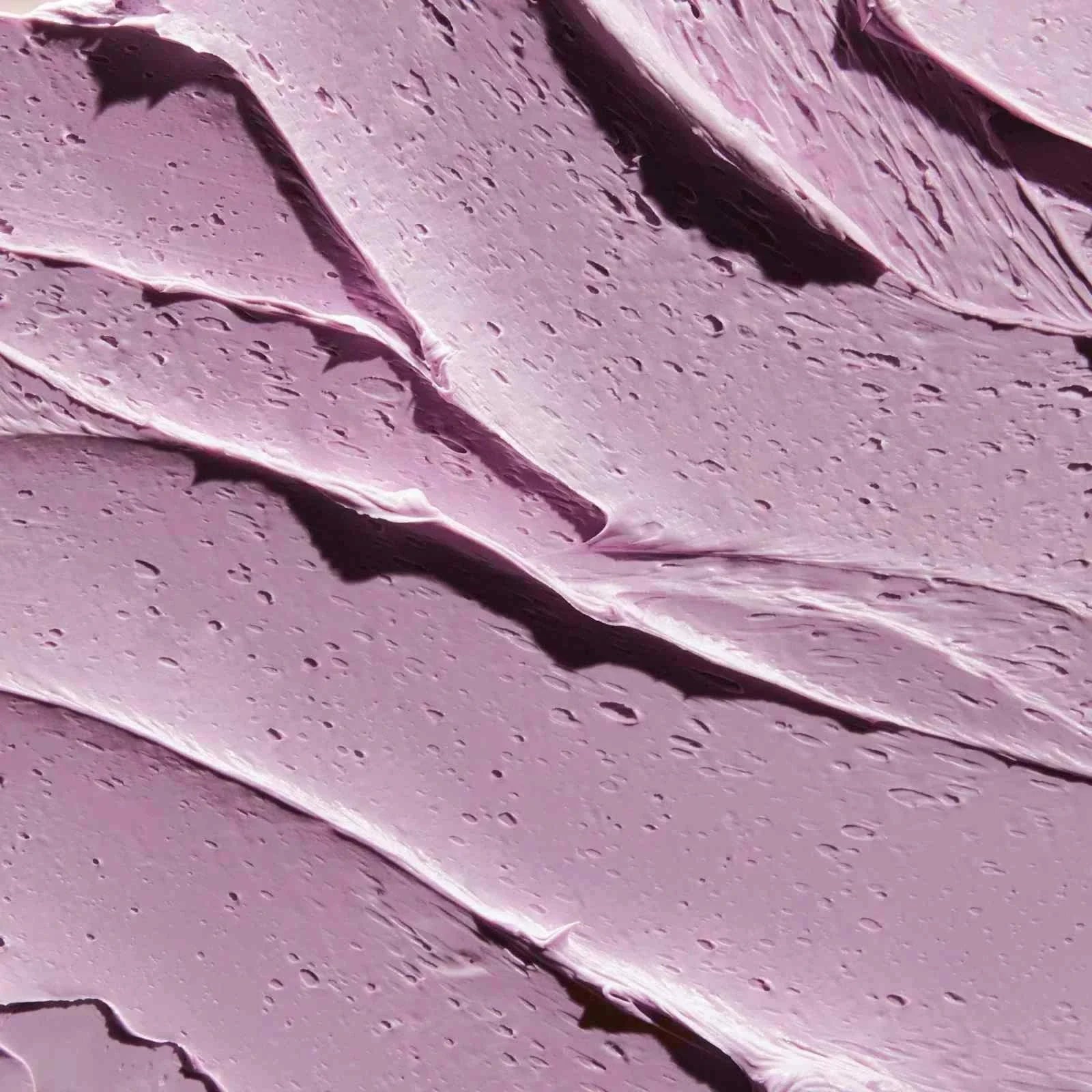
Your Dosha Type Is:
Pitta > Kapha
You are a hybrid type, meaning both Pitta and Kapha are prominent in your constitution. Pitta (primary) embodies the qualities of motivation, ambition, and transformation. Kapha (secondary) embodies the qualities of stability, structure, and strength.
Pitta skin type is often combination or slightly oily in texture. This skin type is generally more prone to sensitivity, hyperpigmentation, and inflammation.
Pitta > Kapha Characteristics
Skin
Pitta
Soft and sensitive, warm to the touch
Kapha
Smooth, plump, larger pores
Mind
Pitta
Ambitious, disciplined
Kapha
Calm and steady, methodical
Body
Pitta
Toned, athletic
Kapha
Solid framed or curvy
Appetite
Pitta
Strong digestion and appetite
Kapha
Steady and balanced
Temperament
Pitta
Charismatic, competitive, highly motivated
Kapha
Grounded, compassionate, patient
Pitta > Kapha Skincare
Your Product Recommendations
Dosha-Pacifying Ingredients
From calming herbs to invigorating natural aromas, each product in your customized routine incorporates a wealth of trusted Ayurvedic ingredients specifically tailored to transform your skin and pacify your primary dosha.

Arnica Montana Flower
Found in PritiPolish™
Soothes skin; antibacterial and anti-inflammatory properties aid in the healing of blemishes

Kaolin Clay
Found in PaviPure™
Clarifies pores by absorbing excess oil and impurities beneath the skin’s surface

Sea Buckthorn Berry
Found in SapnaSoft™
Reduces inflammation, regulates sebum production and prevents moisture loss
Pitta > Kapha Self Care
Pitta and Kapha are prominent in your constitution, meaning that you are likely to resonate with the characteristics of both energy types.
In order to balance Pitta (primary) energy, it is important to keep your mind and body cool. This dosha type is the most sensitive to technology; power down your devices one hour prior to bedtime and avoid using your phone in bed to ensure a restful night's sleep.
If you are feeling slow or abnormally lethargic, this could be a sign of aggravated Kapha (secondary). In order to balance Kapha energy, seek stimulation. Be mindful of your sleep schedule (aim to get 6-7 hours of healthy sleep at night) and avoid napping throughout the day when possible.
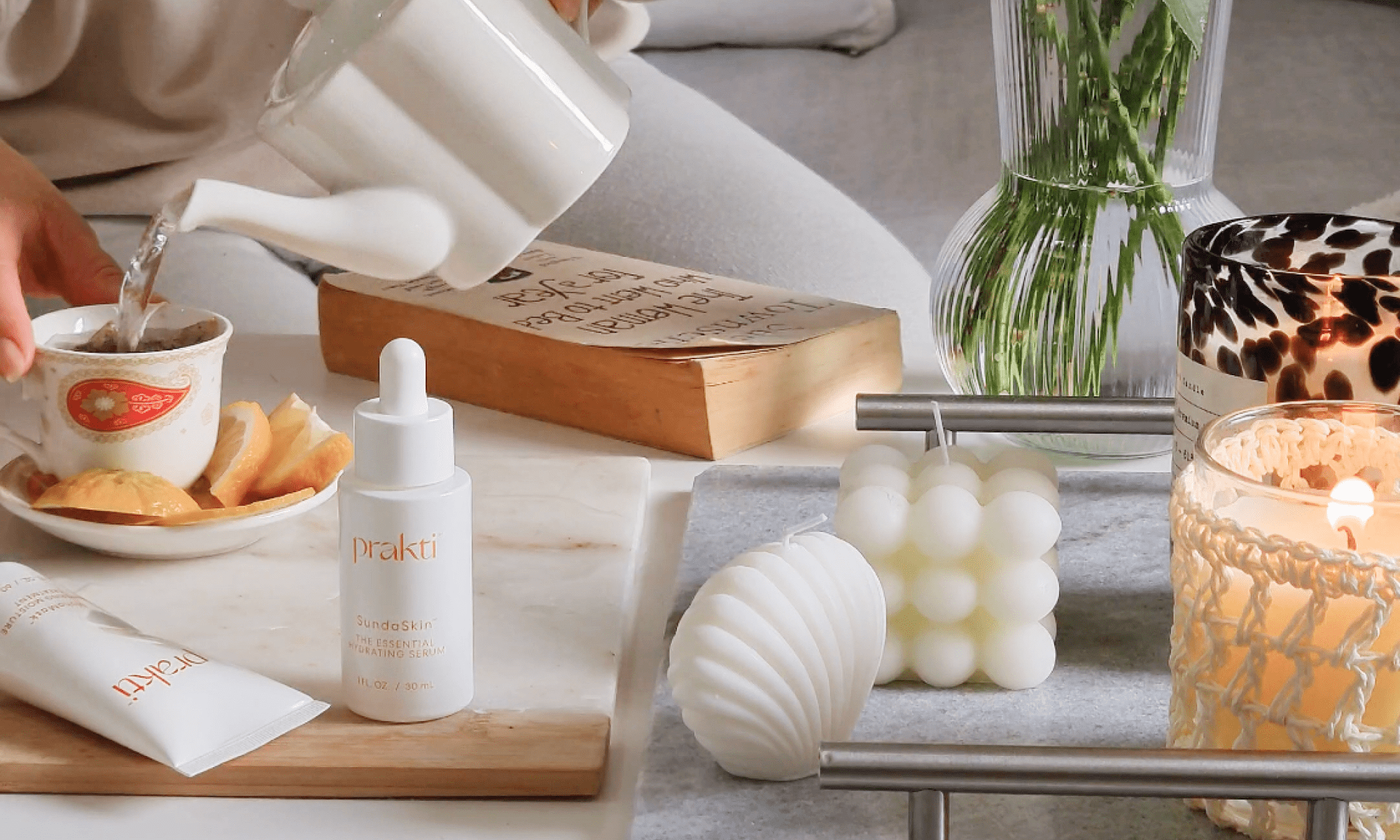
Pitta > Kapha Lifestyle Tips
Pitta Pacifying
Opt for gentle movement including stretching, Yin Yoga, or swimming.
Kapha Pacifying
Incorporate physical activity that will stimulate blood flow including Vinyasa or Hot Yoga, jogging, hiking, dance, or HIIT.
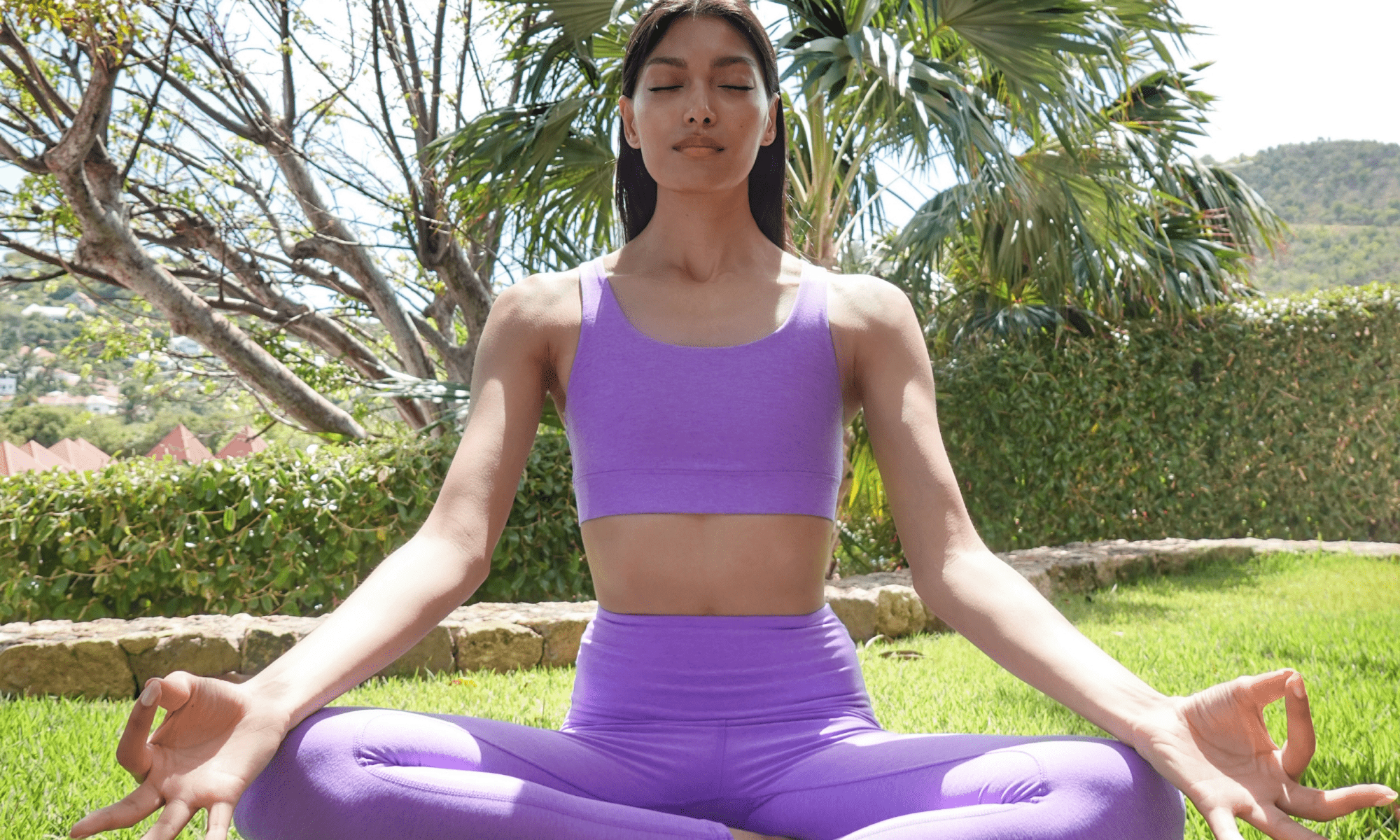
Yoga & Breathwork (Pranayama)
Pitta-Pacifying Asanas
Boat Pose, Fish Pose, Child’s Pose, Moon Salutation. Finish your yoga practice with 2-3 minutes of Shavasana
Kapha-Pacifying Asanas
Locust Pose, Lion Pose, Peacock Pose, 5-10 Sun Salutation (rapidly)
Breathwork:
Bee's Breath
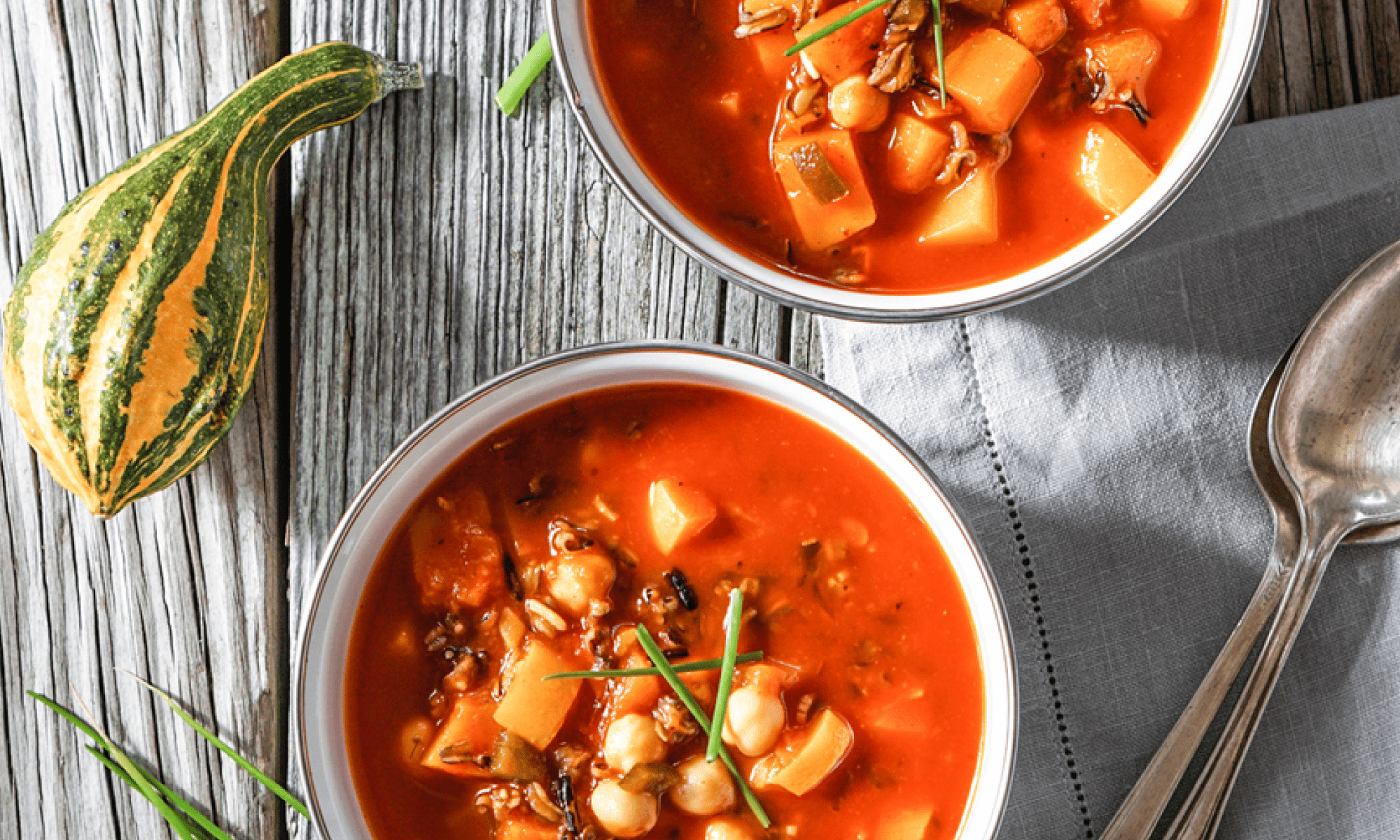
Pitta > Kapha Diet
Pitta digestion is relatively strong while Kapha digestion is relatively slow and sluggish, so it is important for this hybrid-type to adapt their diet intuitively and as needed.
If your digestion feels relatively strong, this could be a sign of Pitta-dominance. In order to balance excess Pitta energy, prioritize light, nourishing foods. A salad with sunflower oil dressing and cooling herbs such as cilantro and fennel and herbal teas including lemongrass, mint or rose can help balance Pitta’s fiery properties.
If you are experiencing bloating or indigestion, this could be a sign of aggravated Kapha. Try to avoid snacking or eating when you are not hungry when possible and instead opt for well-balanced meals. Light lentil soup is a great addition to this diet. Drinking water from a Copper Water Bottle is extremely beneficial for this dosha type, as copper-infused water supports healthy digestion and immunity.
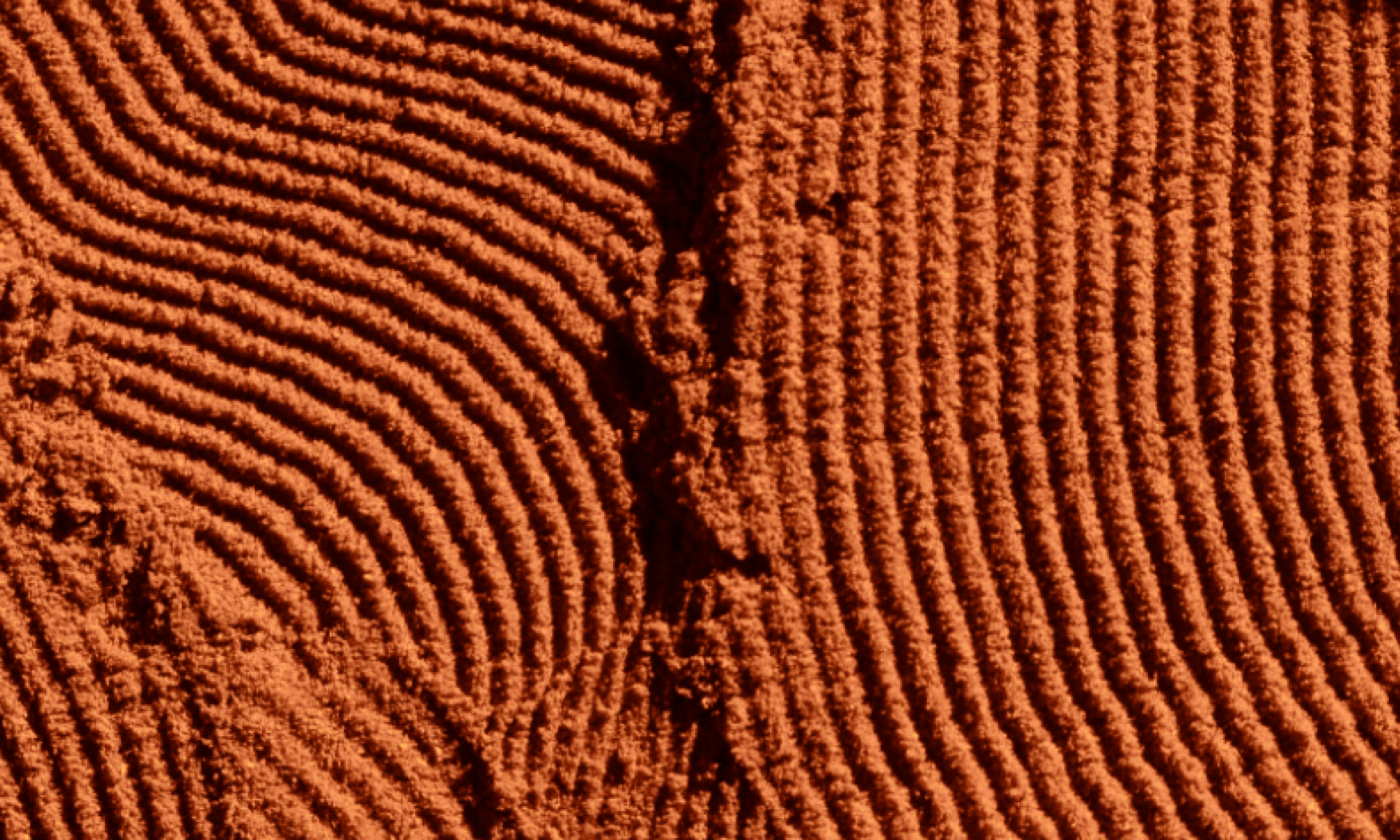
Pitta > Kapha Herbal Remedies
Pitta Pacifying
Herbal teas including lemongrass, mint or rose can help balance Pitta’s fiery properties.
Kapha Pacifying
Try a cup of "CCF" tea (cumin, coriander, and fennel) before bedtime or a glass of warm milk with half a teaspoon of turmeric and a bit of black pepper (turmeric powder is a powerful digestive healer and all-natural remedy for bloating, stomach discomfort, and other digestive issues.)

Understanding Your Dosha
The Vital Energies of Ayurveda
In order to be well in the practice of Ayurveda, we focus on balancing mind, body, and soul. Central to this philosophy are the three metabolic types or “doshas,” known as Vata, Pitta, and Kapha. These doshas represent the fundamental energies that govern our physical, mental, and emotional wellbeing. A proper balance among dosha types is essential for creating harmony in these categories of wellbeing, as imbalances can lead to illness and disease. Each person has a unique ratio of all three dosha types and understanding your primary dosha will allow you to adapt the products, practices, and lifestyle choices in your daily routine to achieve holistic balance inside and out.



While all three doshas are present in every individual human, it is the ratio of each energy that determines your unique dosha type. If you are a hybrid type, two doshas are prominent in your constitution. These ratios can vary through life due to age, environment, and lifestyle. We encourage you to return to this quiz seasonally and adapt your daily habits and routines as needed to achieve optimal holistic wellness.
In Ayurveda, each of the four seasons (winter, spring, summer, fall) is associated with a corresponding dosha type. As the seasons change in your external environment, the dosha type associated with that season will naturally increase in your internal environment ie. your dosha constitution. Pitta is associated with Summer due to their shared hot and fiery qualities. Kapha is associated with Winter/Spring due to their shared cold, damp, and heavy qualities. Because these are your dominant dosha types, take extra care to pacify these dosha types in the season they are governed by!

